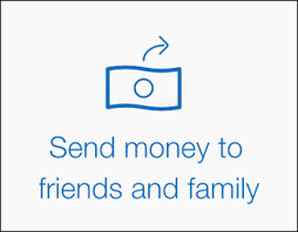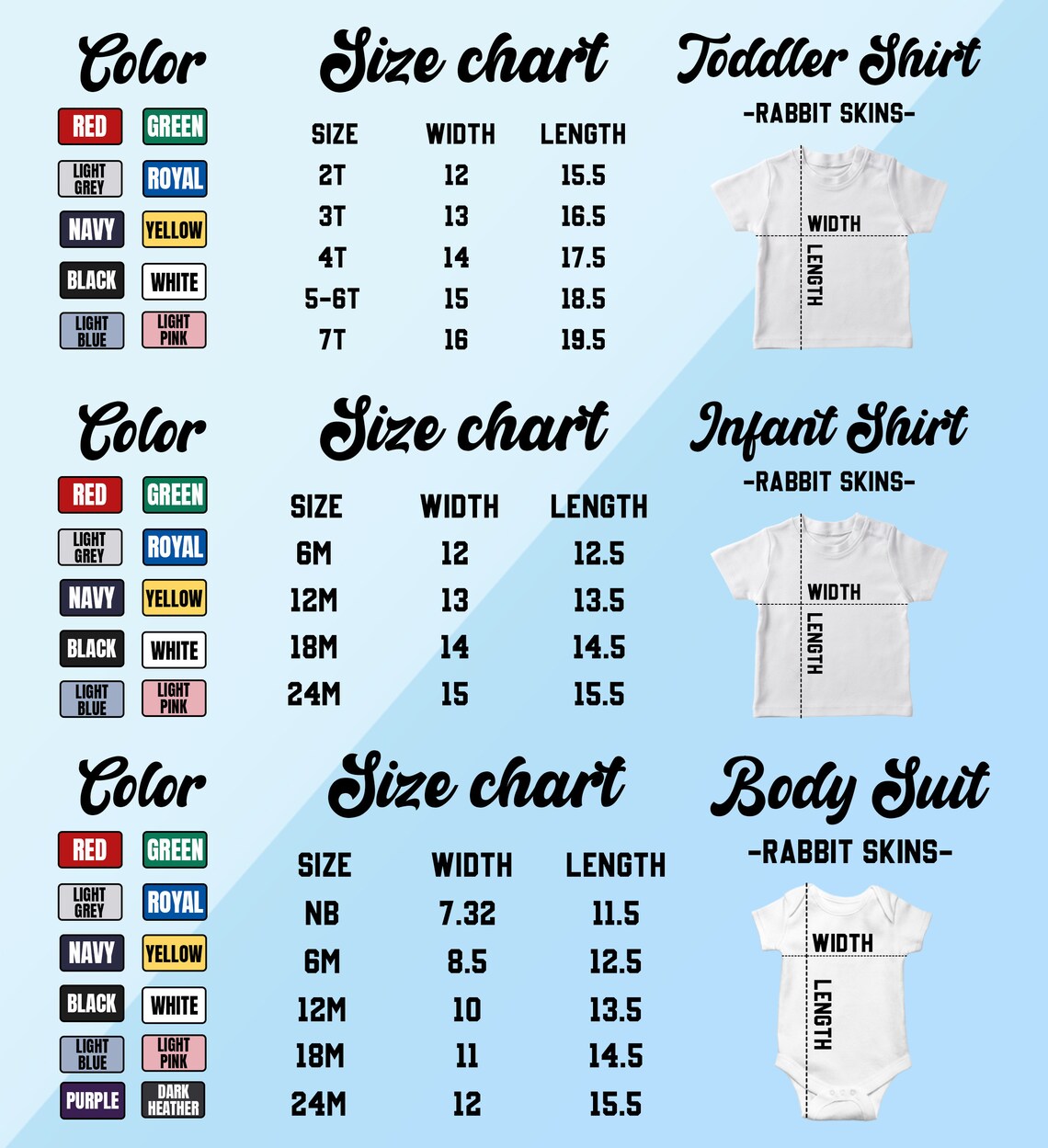

Not only can this prevent a PayPal scam, but it could also protect you from identity theft. Safeguard your personal information: To help avoid PayPal scams, it’s crucial that you safeguard personal information such as your login credentials, credit card numbers, and any other information that could be used to break into your account.If you’re ever in doubt, visit PayPal’s website directly instead of following any links. Double-check the sender’s email address: Because so many PayPal scams involve phishing emails, you’ll always want to take a closer look at the sender’s email address before engaging with the message.

While a verified account may still try to scam you, it’s possible that it may be a safer bet than conducting business with an unverified one. Stick to verified accounts: To verify a PayPal account, users have to prove that they own the financial details associated with their account.By disabling package rerouting, you can prevent the buyer from altering the shipping address and claiming that they never received the package. Disable package rerouting: Depending on your shipping method, it may be possible to prevent the buyer from rerouting your package once it’s shipped.By doing so, you’re meeting one of PayPal’s Seller Protection standards and decreasing your chances of falling for a shipping address scam. Only ship to the address listed on PayPal: To maximize your chances of protection, only ship to the address listed on the official Transaction Details page on PayPal.If you instead use a prepaid shipping label from the buyer, it's possible you could be sending the package to a fake address created by the seller to scam you. Always choose your desired shipping method: If you're the seller, be sure to choose a shipping service that If you're the seller, be sure to choose a shipping service that you’re comfortable with.This can prevent you from accidentally installing any malware or visiting an unsafe site. If there are any legitimate concerns with your account, you should be able to monitor the activity directly in your browser or on the app. Avoid clicking on suspicious links and attachments: If you ever receive an email claiming to be from PayPal, avoid clicking any links or attachments and instead visit the website or application yourself.Don’t send money outside of PayPal: To ensure you’re protected by PayPal’s Buyer and Seller Protection, it's best to always limit your transactions to PayPal’s official application and website.To help avoid PayPal scams, follow these tips: While scammers are always on the move and looking for new ways to trick people, there are tips you can follow to reduce your chances of getting scammed. Now that you’re aware of PayPal scams and what they look like, you might wonder how you can avoid them altogether. Spelling and grammatical errors: Unlike real communications from PayPal, messages associated with PayPal scams are often poorly written and riddled with spelling and grammatical errors.It’s also important to note that legitimate PayPal emails will never include attachments, so if you see one, it’s best to treat it as a scam. You can do this by hovering your mouse over the link or by copying and pasting the link address into a text document. Suspicious links or attachments: Even in a realistic-looking email, it's always best to thoroughly observe links before clicking.

If you get an email requesting this information, it is likely a scam.


 0 kommentar(er)
0 kommentar(er)
